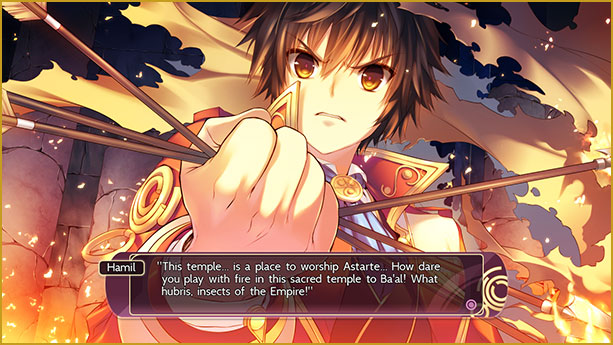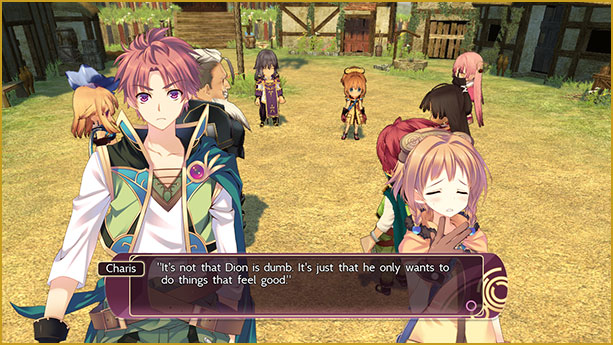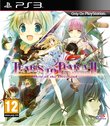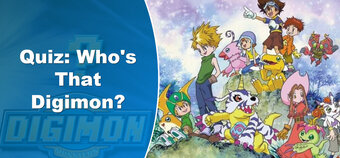Hands up anyone who's heard of the Tears to Tiara franchise. Anyone? No? Well, it's hardly surprising, given that the first game never made its way out of its native Japan. Luckily for us though, the game's sequel, Tears to Tiara II: Heir of the Overlord, has received the full localising treatment, and is now adding to the PS3's growing pile of awesome strategy RPGs. But why the difference between the two games' fates? Well, it's perhaps because Tears to Tiara II is a rather different game to its predecessor. Much less 'adult', the original Tears to Tiara fell under a genre known as 'Eroge', which is, basically, a pornographic video game. Trading sexy times for a more involving story and switching the battle system around, Tears to Tiara II fares surprisingly well, particularly if you like slower paced, more story driven games.
Life is hard in the kingdom of Hispania. At the mercy of the newly conquering Divine Empire, the Canaanites have been forced to denounce their Gods, close their schools and become little more than slaves to their new rulers. Unfortunately, their leader, high priest and heir to their land, Hamil, seems to be a bit of a lost cause, preferring to keep his head down and suffer in silence than to stand up to their new overlords. That is, until he meets a strange girl named Tarte who claims to be the long lost Goddess, awakening a part of Hamil hell bent on revenge - and together with an underground resistance, they set about toppling the Empire, in a rebellion to gain Hispania's independence.

You won't like him when he's angry.
It's a story that took us by surprise, given that the first hour or so made absolutely no sense whatsoever - but as it goes along, you'll find it slowly starting to suck you into it's fantasy-themed tale of love, loss and war. The epitome of slow-paced, Tears to Tiara II is essentially a 'visual novel', with many, many walls of text to read through throughout it's lengthy story - these may be interspersed with some turn-based strategic battles, but they're relatively few and far between by comparison. Sometimes, you worry that some of your more senior companions may die of old age before you reach the next battle, given how verbose some dialogue sections can be. But if you like stories, and don't mind tons of reading (like us), then Tears to Tiara may well be right up your street.
The characters themselves are a pretty likeable bunch, with plenty of surprises along the way and a fair few jokes, witty comments and anime-style silliness to keep things from getting too serious. The first few hours do a good enough job of setting up Hamil as a weak-willed, wimpy, incompetent heir that his explosion during the Ba'al religious festival comes as a bit of a surprise - turns out he was simply biding his time, with seven years of pent up aggression building up inside. Over time, he goes from being a rather morose and hard to relate to protagonist to a surprisingly likeable guy. Tarte, the Goddess meanwhile is your usual effervescent, bubbly lead female, slightly egotistical and self-centred from being used to being worshipped, although we soon find she's actually putting a brave face on things, insecure about her lack of Goddess-ly powers with which to help inspire her followers. Wannabe womaniser, coward and Hamil's partner in crime Dion is also pretty entertaining, providing plenty of comic relief along the way.

Things that often seem to involve women...
Battles occur at certain points in the story, usually after an hour or so of wading through dialogue. Strategic and turn-based, characters sit on a grid-like battleground taking it in turns to attack. Each turn, you can choose to move your characters around the map, placing them in strategic positions to attack the enemy, use items or cast magic, before passing play over to your opponent. Where you position your troops matters too, given that a 'zone of control' forms around each of your forces, and (when grouped fairly close together) actually prevents the enemy from passing through - letting you shield your weaker characters without worrying about someone sneaking round the back. As enemies are defeated, the character that laid the final blow gains experience, levelling up and becoming more powerful - but, in a bit of a twist, you'll actually want to be careful here that they don't get too powerful, as the game will give you a bit of a penalty on the final results screen for being 'overlevelled'. Although, as your rank for each stage is in no way crucial to your progress (except for a single trophy), you may not care.
Positioning also becomes important when you take into account the different weapons characters wield, and their relative strengths and weaknesses. Characters with swords or spears tend to have a higher defence and health, making them best suited to the front lines of battle where they can both absorb and deal out melee damage. Archers and magic-wielding characters meanwhile have weaker defences, and do better when attacking from a distance rather than being in the middle of a sword fight. Different characters and enemies also belong to different elemental types, each strong and weak against another. Each element also gets a boost in power at periodic intervals as the element cycle moves around - kind of like the seasons, but changing with the turns instead, amping up the damage of all fire type folks, or whatever. This can add another layer of strategy too, particularly to boss fights, where its a good idea to get as far away as possible when said boss is having a good day.

You can also ride elephants in battle. Elephants!
But perhaps the best feature - especially for those of us who find strategic battles way too complex and unforgiving - is the ability to rewind turns should you make a mistake. Jumping back turns carries no penalties either, so you can teleport as many times as you like, up to twenty turns backwards - the only catch is that, if you do the exact same action, you'll have the exact same result, so there's no point in rewinding endlessly in the hope of landing a critical hit, or not accidentally missing someone. But what it does allow you to do is realise when you've made a bad decision and got your mage killed and reverse it, moving him further out of reach the second time round - which for SRPG noobs is probably a blessing.
Some may find the scant amount of action afforded by what is described as a strategy RPG somewhat disappointing - but personally, we preferred it that way, skewed in favour of story. Having a little bit of a phobia of overly complex battle systems, we found Tears to Tiara II easy enough to get into and understand, with the ability to rewind turns taking out much of the frustration we've felt with similar games. All in all, we found ourselves pleasantly surprised, once we'd got past the initially slow intro. If you have the time and patience to sit through hundreds of hours of story and dialogue, then Tears to Tiara II: Heir of the Overlord is one heck of a time sink - just don't go in expecting lots of action.
Format Reviewed: Playstation 3


















